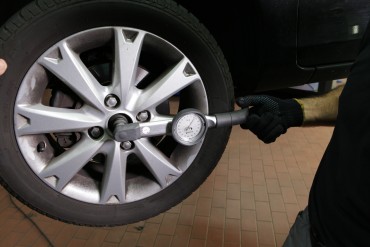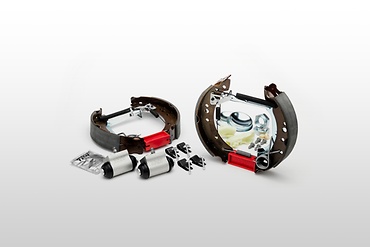Whether or not a brake hose is worn or damaged as shown, TRW recommends that hoses should be changed every 50,000 km or after five years at the latest. This is because the rubber from which these hoses are made is a perishable item and has a defined lifetime.
How-to-guide
Check the supplied hose is the correct one and read any fitting instructions supplied. Firstly, disconnect the brake hose from the static fixed brake pipe and cap the fixed brake pipe to prevent excess fluid loss. Then remove the hose from the caliper as shown.
With the new brake hose, place the end into the caliper first. Do not over tighten. Feed through any mounting brackets and reconnect to the fixed brake pipe. Again, tighten but do not over tighten. Clean off all connection areas to ensure no brake fluid remains as this is highly corrosive. All TRW brake hoses have a marker line along the length of the hose. It is essential that this marker does not appear to be twisted and this would suggest the hose is under stress and incorrectly fitted.
Now proceed to bleed the brake system in accordance with the vehicle manufacturers’ instructions. Once bleeding is complete, replace the reservoir cap. With age, brake hose material loses its strength and this can lead to volumetric expansion – in other words, a bulge in the wall of the brake hose which can affect the braking performance.
Note
The low volumetric expansion rate of TRW OE quality brake hoses gives superior pedal feel and better stopping times, and won us first place against our competitors in the Automotive Manufacturers Equipment Compliance Agency Volumetric Expansion Test.
Nice-to-know

ZF Aftermarket product range
Discover the complete portfolio of brakes in our product catalog.


